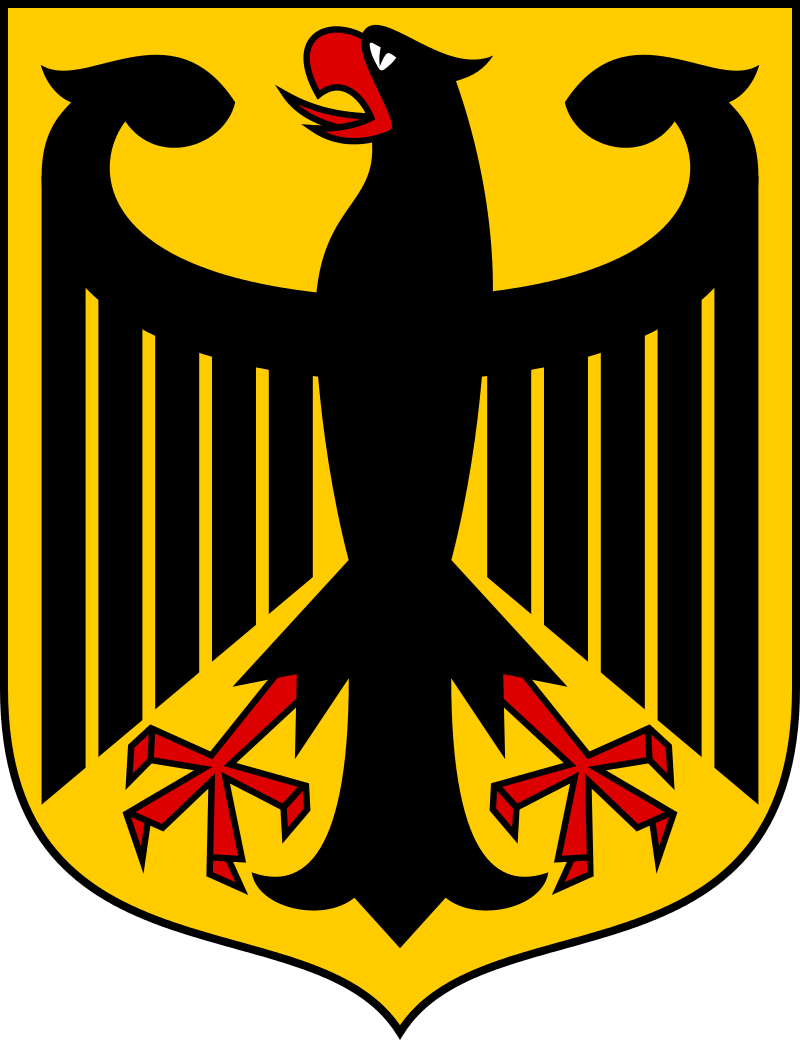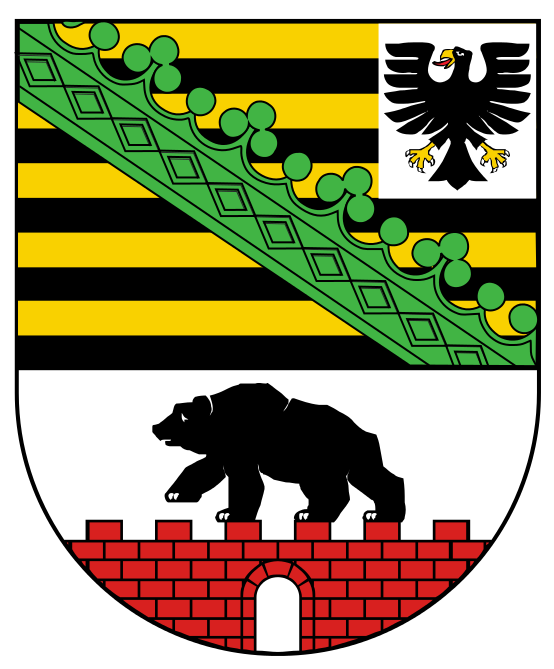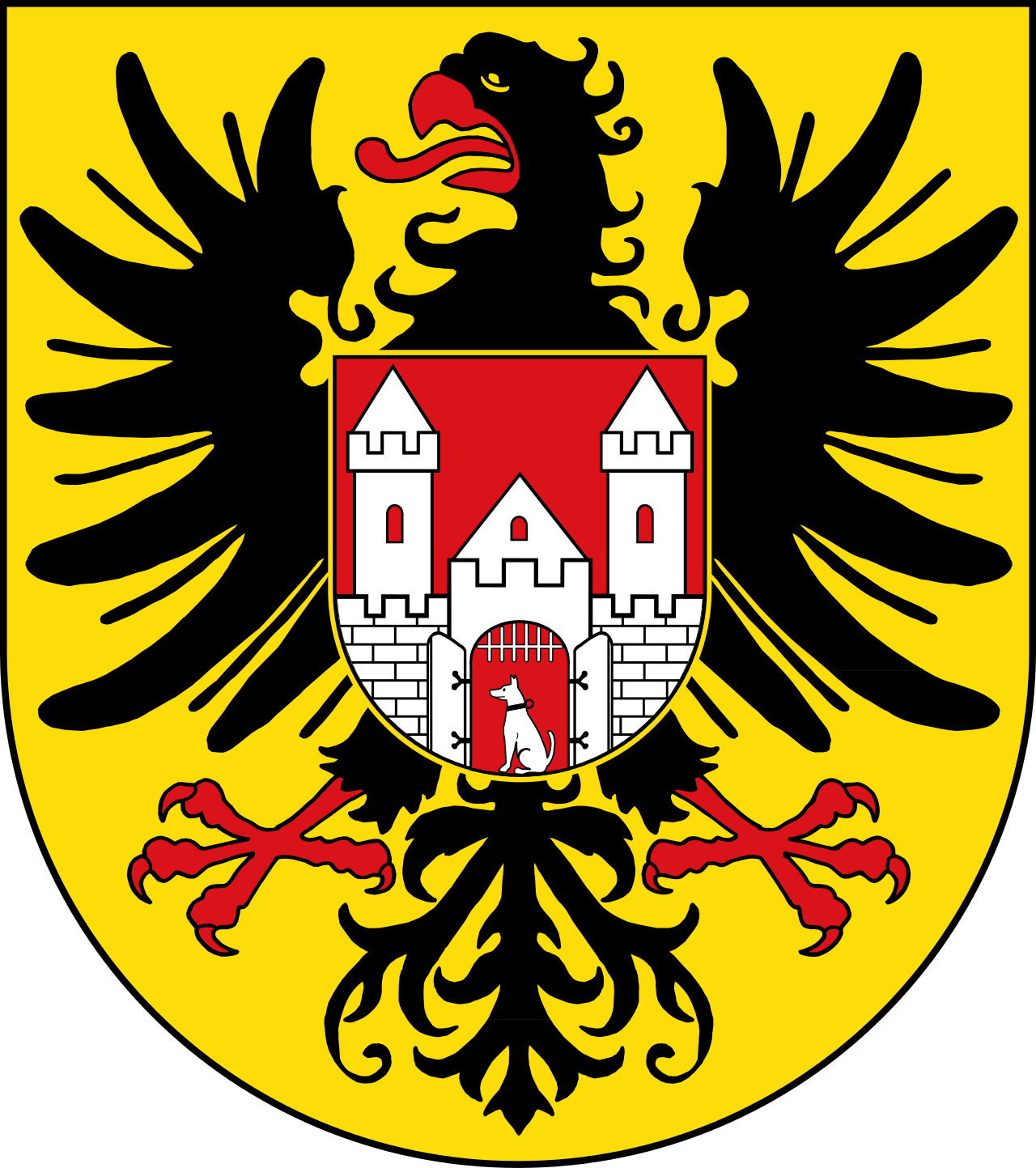


Quelinburg
Land Sachsen-Anhalt



 |
 |
 |
Tourisme | QuelinburgLand Sachsen-Anhalt |
 |
 |
 |
||
|
|
|
 |
 |
|
Description |
Welcome to the World Heritage City Quedlinburg. We invite you to a walk through seven centuries of half-timbered architecture. Submerge yourself in more than a thousand years of German history and experience the magic of a unique medieval town. In the year 1994, Quedlinburg was placed under the protection of the UNESCO. Reasons for this designation as "UNESCO World Heritage are the presence of the burial site of the first German king in the crypt of the Romanesque womens collegiate church St. Servatius on the castle-hill and the impressive collection of more than 1,300 half-timbered houses over an area of 90 hectares. The castle-hill and the "Münzenberg, the Old Town and the historical New Town constitute in their entirety a historical urban jewel rare in its completeness. It is difficult to choose and present individual sites and objects separated out of such a rich and diverse collection, but we shall attempt to do so. |
|
| Patrimoine historique (palais, forteresse, château, ...) |
| The Castle-Hill Castle Museum |
The Old Town | The "Münzenberg" | The Outer Ring | Half-timbered Architecture |
 |
||||
| Monuments in the Inner City | Maisons à colombage | Innermarkt | Rathaus | |
 |
 |
 |
||
| Musées |
| Patrimoine culturel (théâtres, opéra, ballet, ...) |
| Activités (spectacle, événement, manifestions diverses, ... |
| Patrimoine architectural |
| Patrimoine religieux (églises, monastères, temples, ...) |
| Patrimoine naturel (jardin, parc, ...) |
| Patrimoine industriel (usine) |
| Gastronomie (Restaurants, bar) |
| Logement (Hôtel, guesthouse, B&B, ...) |
| Activités / excursions |
 |
|||||||||
| Connections | |||||||||
| Itinéraire | ||||||||
| Mode | De | A | Distance | Durée | ||||
| Mode | Lieu | Prendre | Jusque | Vers | Orientation | Distance | Durée | |
| Itinéraire vers | |||||
| Itinéraire à partir de | Description du trajet |
| Itinéraire vers | |||||
| Quand y aller ? | |||
| Que voir ? |
| Que faire ? |
| Histoire | ||||||
| Fondation | Statut | Anciens noms | ||||
| Divers | ||||||
| Fête nationale | Evénements commémorés | Hymne | ||||
| Sites web | |||
| https://www.quedlinburg-info.de/en/ | |||